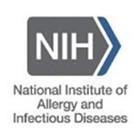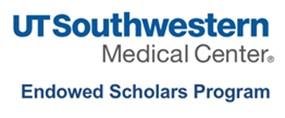Central to any virus's life cycle is the replication of virus genetic material. However, the intracellular environment that viruses require for their replication is also the very thing that could destroy them.
Our research is driven by a desire to understand how these microscopic machines both replicate themselves and, at the same time, manage to evade, manipulate, and counter a myriad of host defenses. We use novel virus-invertebrate host model systems to explore the innate immune mechanisms that eukaryotic organisms use to restrict virus replication, and the strategies viruses employ to counter such restrictions.
The outcome of this evolutionary “arms race” between viruses and their hosts may ultimately determine the course of the disease. Therefore, we use simple invertebrate host systems in combination with a diverse panel of RNA and DNA viruses to first identify and characterize virus-host interactions, then apply these findings to mammalian systems.
Co-infection of a host cell by a DNA virus (green) and RNA virus (red). Cellular and viral DNA are shown in blue.
Using this approach, we aim to uncover highly conserved features of virus-host interplay that may provide us with viable targets for antiviral chemotherapy as well as new vaccination strategies.
Our lab is currently supported by funding from the National Institute of General Medical Sciences (NIGMS), the National Institute of Allergy and Infectious Diseases (NIAID), and the UTSW Endowed Scholars Program.


